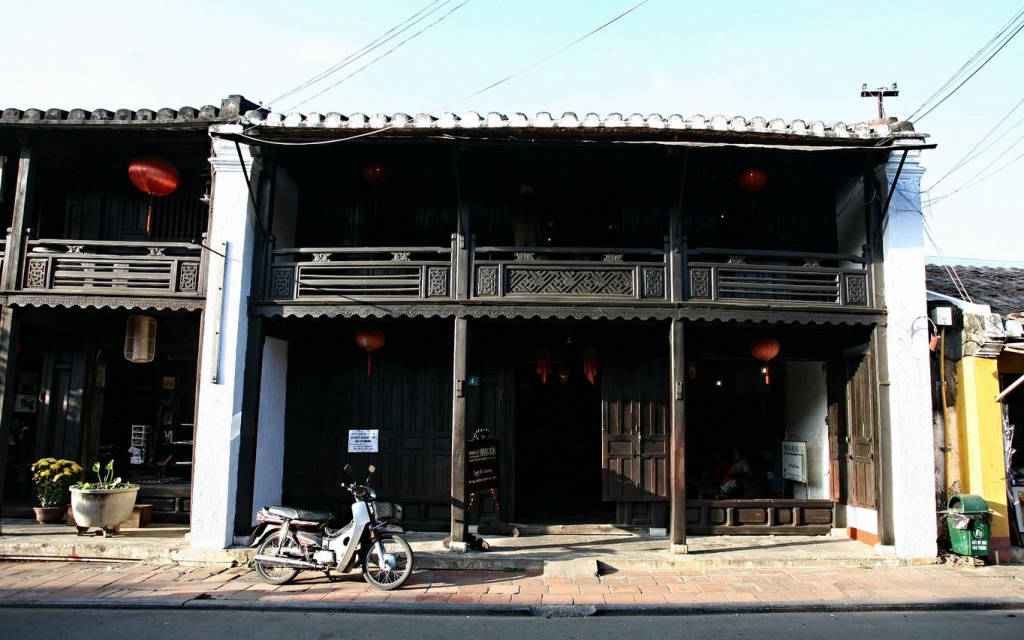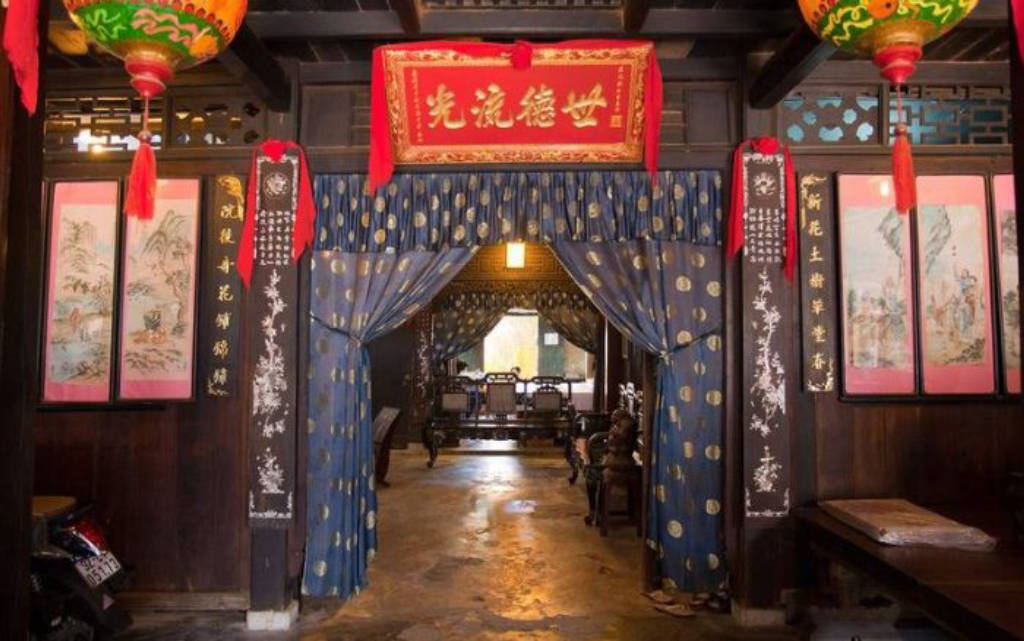Phung Hung Ancient House, built in the late 18th century, is a unique architectural symbol in Hoi An, Quang Nam. With a subtle combination of Vietnamese, Japanese, and Chinese styles, this two-story house has preserved historical and cultural values for over 200 years. As a national historical and cultural relic, this place attracts tourists with its ancient space, valuable antiques, and ancient trade stories.
Phung Hung Ancient House – A Unique Cultural Symbol of Hoi An
Let's explore one of Hoi An's most distinctive cultural symbols – Phung Hung Ancient House. This historical monument holds great architectural, cultural, and lifestyle value from the ancient trading port of Hoi An. Step into this space to feel the rhythm of a golden era over two centuries ago.
Overview and History
Phung Hung Ancient House is located at 4 Nguyen Thi Minh Khai Street, not far from Chua Cau (Japanese Covered Bridge), and was built in the late 18th century. The first owner was a wealthy merchant dealing in specialties like silk, ceramics, and spices. The name "Phung Hung" carries a positive meaning, reflecting the desire for prosperity and thriving business.
In 1993, Phung Hung Ancient House was recognized as a National Historical and Cultural Monument. Today, it is not only a tourist attraction but also a living testament to the cultural exchange and heritage preservation spirit of Hoi An.
Unique Architecture – Cultural Fusion
Phung Hung Ancient House embodies the architectural characteristics of Hoi An, reflecting the blend of three cultures: Vietnam, Japan, and China. The house is designed in the traditional merchant style with a two-story structure and open spaces, suitable for the tropical monsoon climate.
1. The Ground Floor:
Built with sturdy stone and ironwood, the ground floor is resilient to floods – a crucial feature in Hoi An. This space was used for trading and displaying goods, with a large main door and small windows to ensure ventilation.
2. The Upper Floor:
The upper floor is the family living area, with intricately carved wooden walls and doors. This floor typically features a solemn ancestral altar in the central room, embodying the Vietnamese principle of “remembering the source when drinking water.”
3. The Roof:
The yin-yang tile roof is a distinctive feature of Phung Hung Ancient House, creating harmonious beauty while effectively draining water and providing insulation. This roof design combines the elegance of Japanese roofs and the distinctiveness of Vietnamese ancient houses.
4. Columns and House Frame:
The columns, made from precious wood, are robust and intricately carved with dragon and phoenix motifs symbolizing prosperity. The wooden frames are connected with tenon joints, without nails, showcasing the exquisite craftsmanship of Hoi An’s ancient woodworkers.
Cultural and Historical Value
Phung Hung Ancient House was not only a residence but also a bustling trade center in the 18th-19th century Hoi An. Goods from Japan, China, and the West were transported here and stored in these rooms before continuing their journey. Over more than 200 years, the house has witnessed many significant historical events, from Hoi An's heyday as a bustling trading port to its recognition as a World Cultural Heritage site.
Today, Phung Hung Ancient House remains under the ownership of the Phung family, with descendants still living here, preserving the traditional values intact.
Highlights for Visitors
Stepping into Phung Hung Ancient House, visitors will feel the quiet, ancient atmosphere of a house that has existed for hundreds of years. Here are some highlights you shouldn't miss:
Collection of Antiquities: The house holds many valuable artifacts like Chu Dau ceramics, ancient lanterns, and daily wooden and bronze items. These objects not only have material value but also tell the story of Hoi An's past life.
Goods Display Area: The ground floor of the house was once used for displaying trade products. This area is now recreated to help visitors understand Hoi An's prosperous economy.
Living Space and Ancestral Altar: The ancestral altar is well preserved with intricately carved plaques and couplets. It’s a place where family members express their gratitude to their ancestors.
Unique Roof and Window Architecture: From the second floor, visitors can enjoy a panoramic view of the ancient town through specially designed windows, both delicate and nostalgic.
Conclusion
Dear visitors, Phung Hung Ancient House is not just a house but a vivid memory of Hoi An. It represents cultural fusion, hospitality, and the heritage preservation spirit of the local people. Take the time to visit and feel the peace and depth that this house brings.
Thank you for accompanying me on the journey to explore Phung Hung Ancient House. Wishing you a memorable trip in the ancient town of Hoi An.
Interesting Experiences at Phung Hung Ancient House
- Photo Opportunities: With its ancient architecture, Phung Hung Ancient House is an ideal place to capture beautiful and unique photos.
- Cultural Exploration: Visiting the ancient house is a chance to learn more about the lifestyle, customs, and architecture of ancient Hoi An.
- Conversations with Family Descendants: Visitors can talk to family members to hear about the house's history and the Phung family lineage.
 Register
RegisterSign in Travel Agent
Sign in Supplier
Sign in Affiliate
Sign in Guru





 4 đường Nguyễn Thị Minh Khai, P. Cẩm Phô, TP. Hội An, T. Quảng Nam, Việt Nam
4 đường Nguyễn Thị Minh Khai, P. Cẩm Phô, TP. Hội An, T. Quảng Nam, Việt Nam